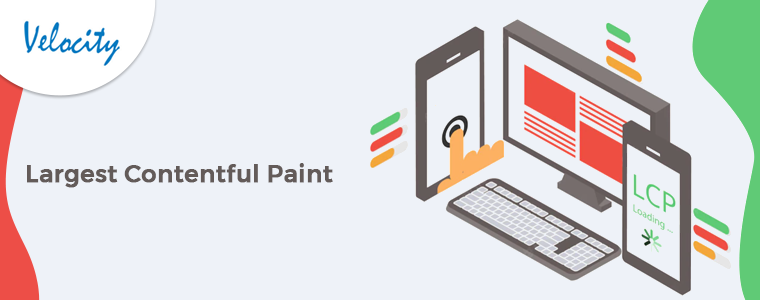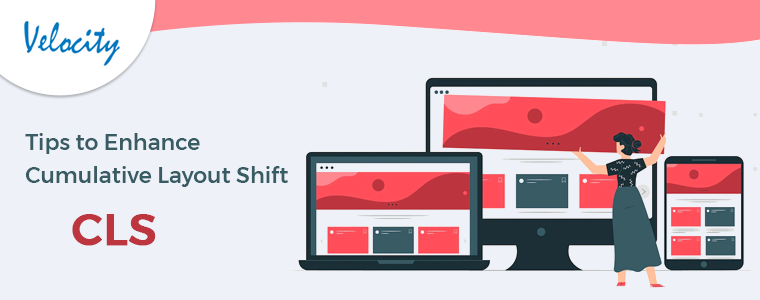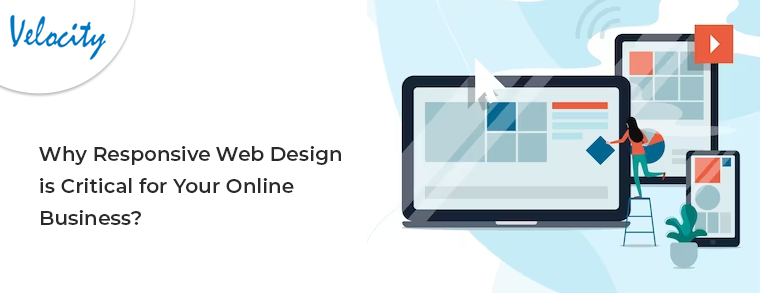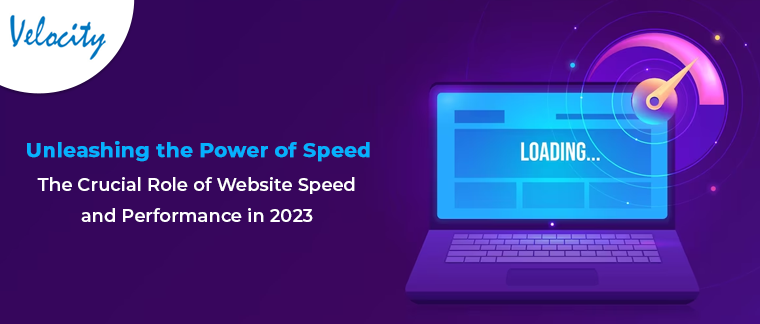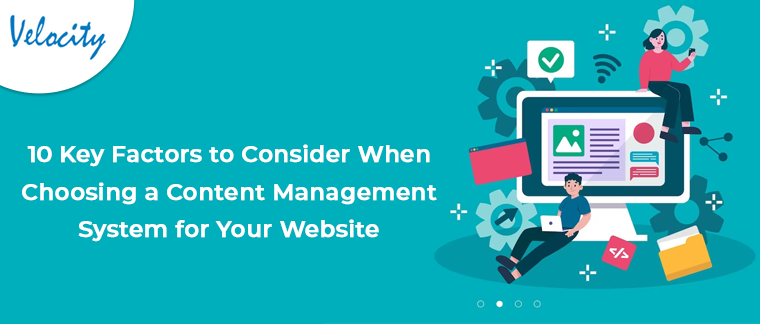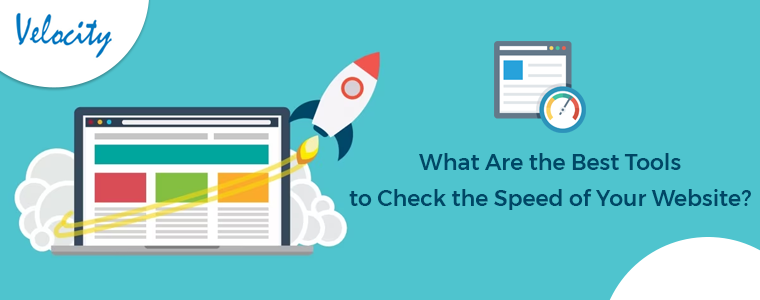In May 2020, Google announced Core Web Vitals will impact the rankings and overall performance of the website. Core web vitals are a set of user-focused metrics that defines user experience for a website. According to Google’s announcement, a website’s performance will not just require loading speed but also, the overall customer experience will be calculated.
Specially CLS and LCP. Whereas CLS stands for Cumulative Layout Shift, on the other hand, and LCP stands for Largest Contentful Paint.
In simple words, a website must have good LCP and CLS scores to be considered a well-scored eCommerce website.
Largest Contentful Paint:
LCP stands for the time measurement in loading the main content for a website. In other words, it is a time factor that defines how long a website takes to load and ready the data for the users. As per Google’s recent Page view update, it will play an important role in the overall score.
Well, there are various factors behind the LCP that works behind the loading speed of a webpage. Although, there are a few on which you can work and improve your eCommerce website’s Largest Contentful Paint.
How to Improve the LCP of a Website:
- Lengthy JavaScript and CSS file plays an important role in the loading time of a webpage. Thus, you can shorten your JS and CSS files to boost your website’s webpage loading time.
- There is the possibility that your website might have unused JavaScript or CSS files. Removing the same can also impact your website’s loading speed positively.
- You should try a relevant cache management system for managing your website’s cache.
- This might sound unfamiliar but some major websites are still using older images format which is impacting their LCP drastically. Thus, if you are looking for another tip, you can use the images of the latest image formats such as JPEG 2000, JPEG XR, or Web for getting better LCP Scores.
- The other factor that impacts the loading speed of a webpage is the image and text size. Thus, you can compress the text and image size for the respective webpage of your eCommerce-based website.
Cumulative Layout Shift:
CLS is the overall measurement of the webpage shifting rate that defines the rate of the shifting of a webpage while a user is visiting the same. For example, you can understand the CLS by a website that is having too many pop-ups while the user is reading the content. In the following case, Google will consider the CLS score high which is surely not a good thing.
Moreover, there are other factors considered too in the CLS such as the users should not jump to other pages while hovering over a website. Now, you can achieve the highest score in CLS just by working on some of the key factors. Let’s have a quick overview of some of the most effective ways to improve CLS for your website.
Tips to Enhance Cumulative Layout Shift:
- For enhancing the CLS score, you will have to work on the layout shift ratio of your website. Instance, you can provide height and width for the images and other elements using CSS in a way that the page will not be shifted.
- Instead of user interaction, try moving the elements with javascript.
- You can try animations while changing the layout properties.
- You can also use Web Font APIs or Web Fonts to get better performance from the aspect of CLS.
First Input Delay:
FID is one of the core web vitals that measures the overall score of a website. Coming to the definition, the term First Input Delay stands for the time period between a browser opening your website and the loader stopping loading (all the components loaded). On the other hand, Google considers the following factor from a website ranking perspective. Thus, for the same reason, it becomes important to work on the FID of an eCommerce website.
How to Boost FID for Your Website?
- Instead of creating large asynchronous tasks, you can create small task blocks. Not only the same will reduce the loading time but also it will not block the main thread.
- You can also filter out the data to be displayed on the customer end. It will reduce the load on the server and as a result, the browser will take less time to load a page.
- The defer method can also be used to allow Javascript execution whenever it is needed only.
In the End,
That’s all from our side on how to improve CLS, FID, and LCP. However, you can always feel free to find us at [email protected] for queries and eCommerce developments.

